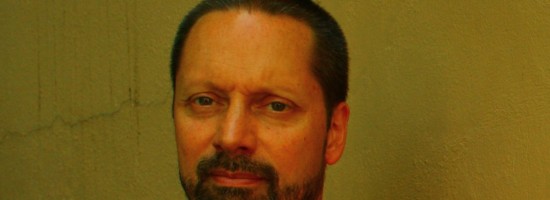- Home
- About
- Topics
- 3D imaging
- Aerial photography
- Bathymetry
- Building Information Modeling (BIM)
- CAD
- Energy
- Cadaster
- Environment
- Geodesy
- GIS
- LiDAR
- Mapping
- Navigation
- Open source software
- Other
- Photogrammetry
- Precision agriculture
- Radar
- Remote sensing
- Satellite imaging
- Satellite navigation
- Seismology
- Sensors
- Surveying
- UAS
- Tracking
- Magazines
- Formats
- All
- Clients
- Tips
- Contact Us
SkyTruth Hopes to Make Skytruthing Into a Verb

SkyTruth has a mission to use remote sensing and digital mapping to educate the public and policymakers about the environmental consequences of human activity. Sensors & Systems (S&S) special correspondent Matteo Luccio recently spoke with John Amos, president of SkyTruth, about the organization’s motive and mission. Included in the conversation are details on imagery sources, the types of analysis and mapping products the organization produces, as well as details on some of their more impactful mission to make this kind of monitoring more commonplace.
S&S: What sort of things do you look for? How do you prioritize?
Amos: Our approach is to look for areas where our knowledge of environmental issues, combined with our knowledge of spatial technologies, comes together to identify issues or incidents where we think we can make a difference, generally within the realm of shedding light on these issues for the interested public. Some audiences within that for us are, obviously, policy-makers and decision-makers, the media, and other people who have more of a megaphone and that can help take whatever we produce and push it out to an even wider audience than our limited capacity allows.
S&S: There are a few steps between the satellite collecting the data and the public consuming the information. You collect it, analyze it, and feed it to the right sources for distribution?
Amos: Yes. In some of our projects, public interest groups—such as citizens’ groups, environmental groups, or humanitarian groups—come to us and they say, “Hey, look, we think we have a problem here.” I’ll give you an example: the flaring of natural gas related to oil operations in the Niger Delta.

This is a test of the new captcha plugin. ML